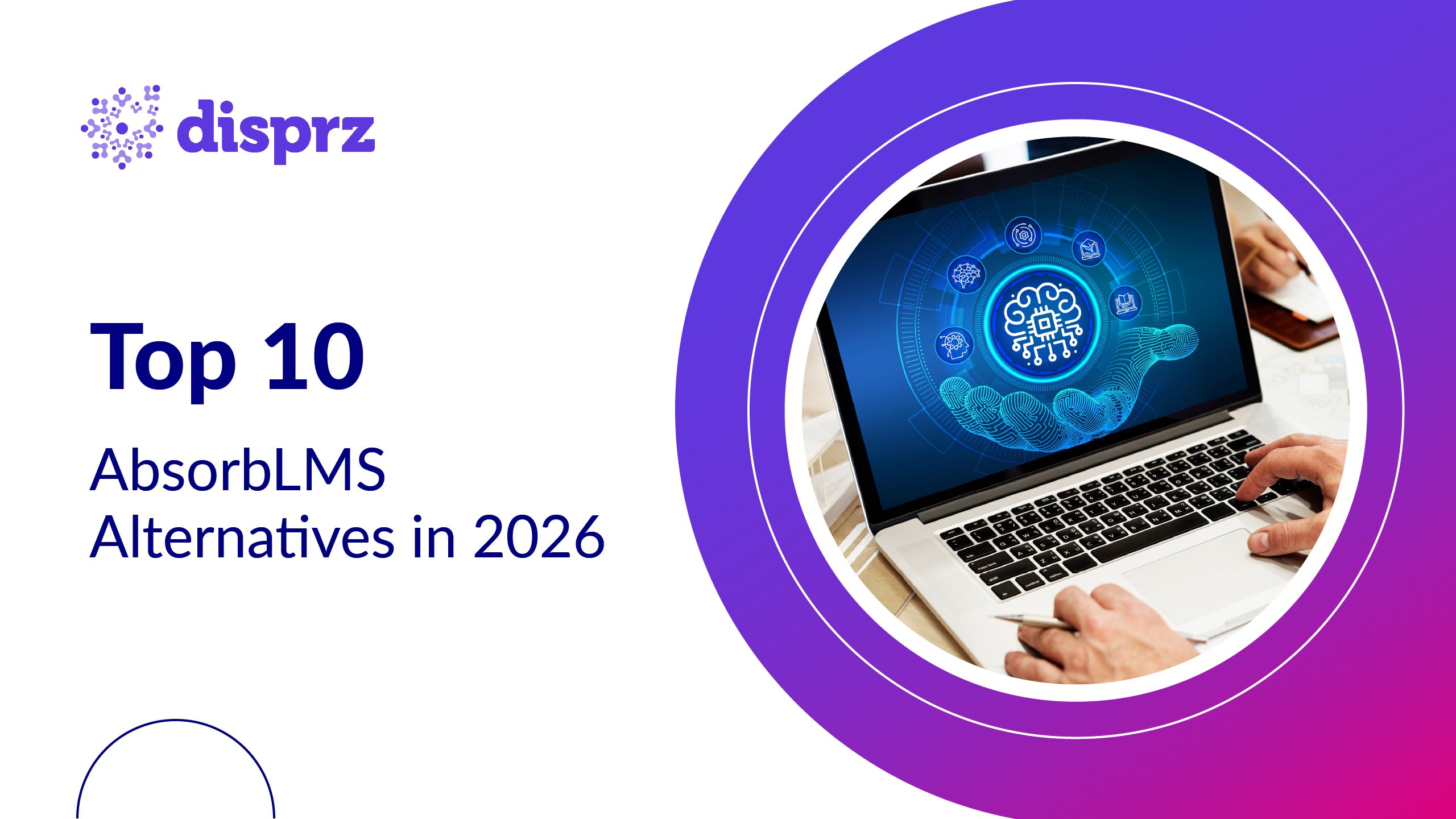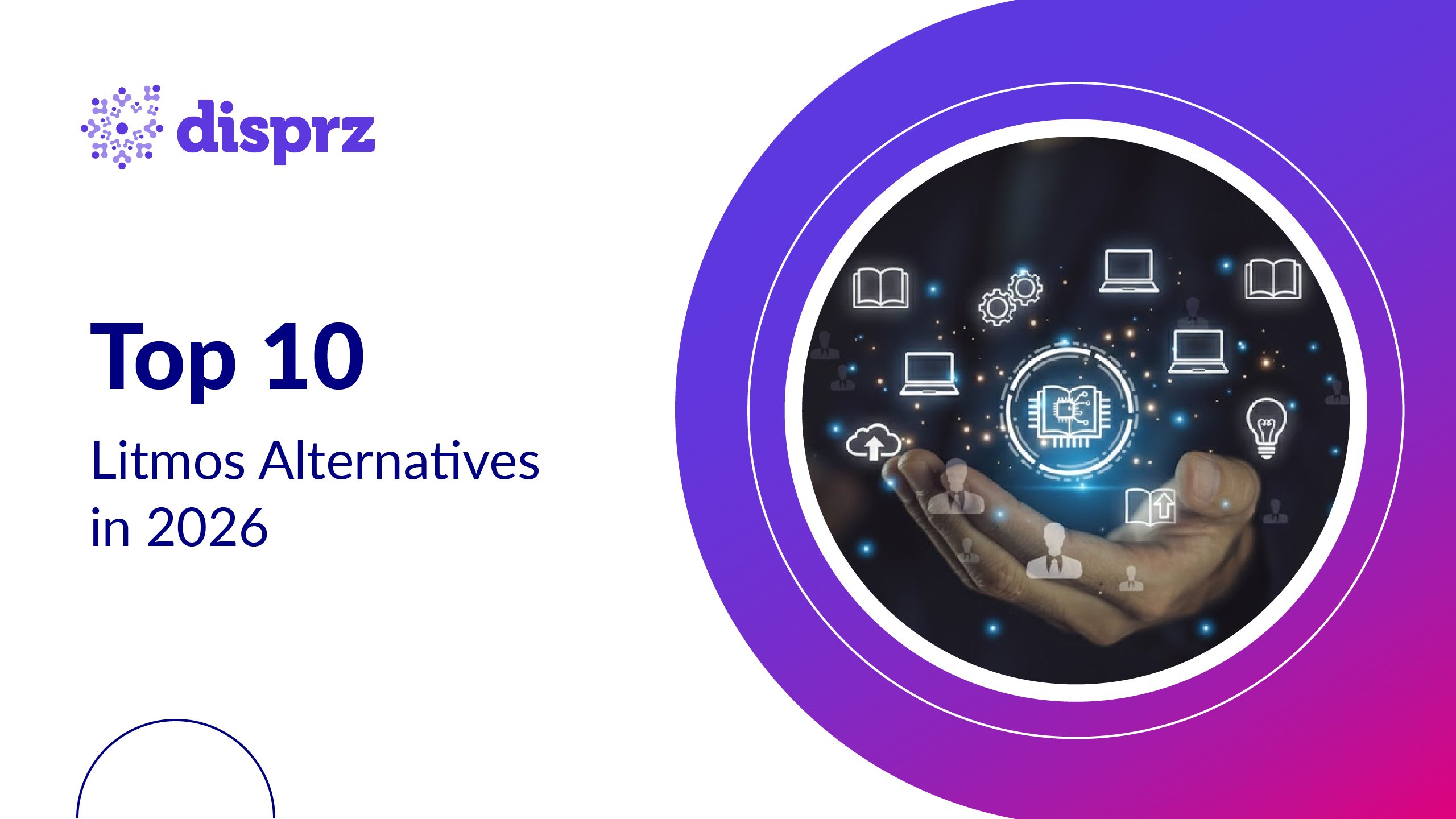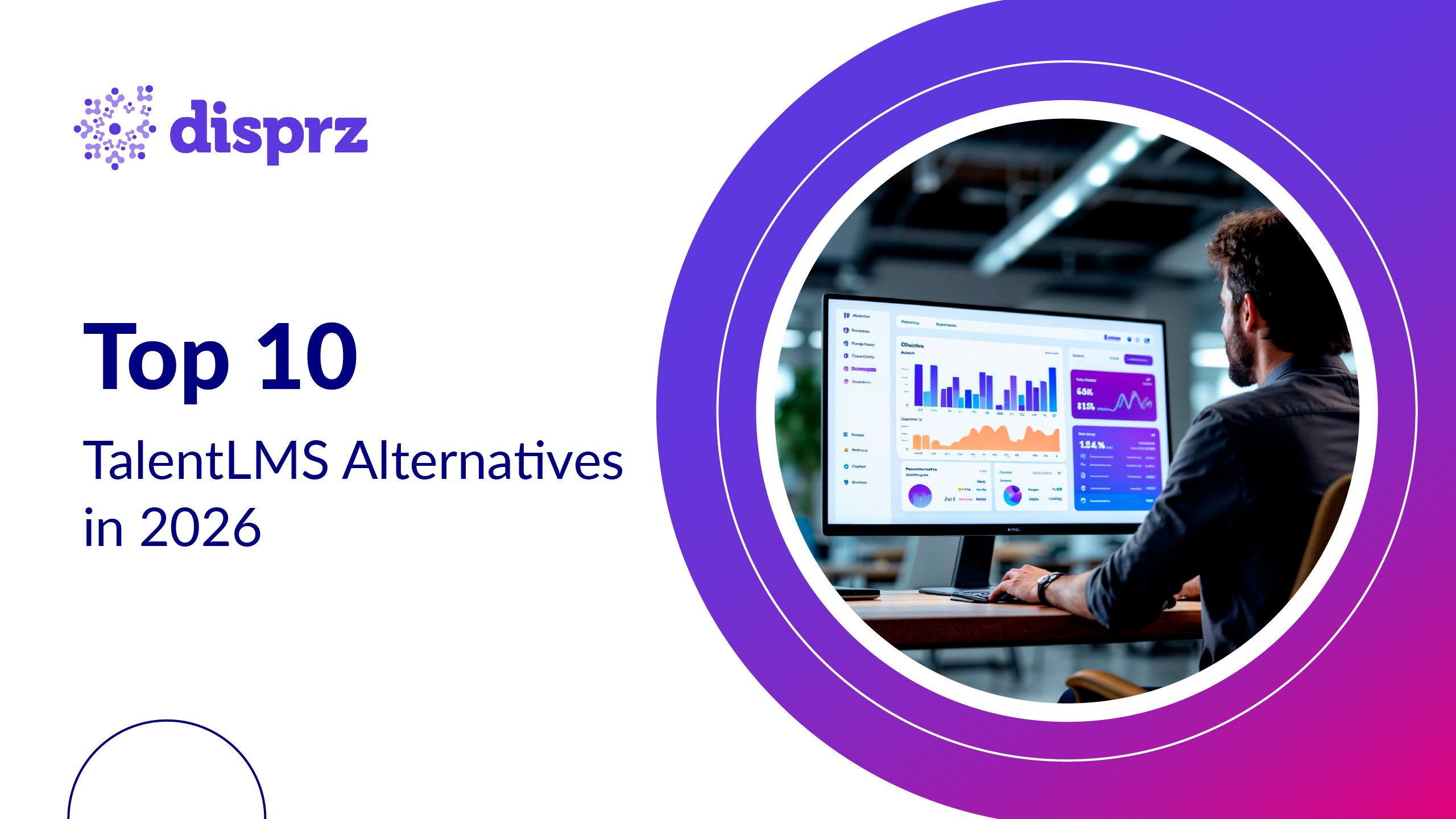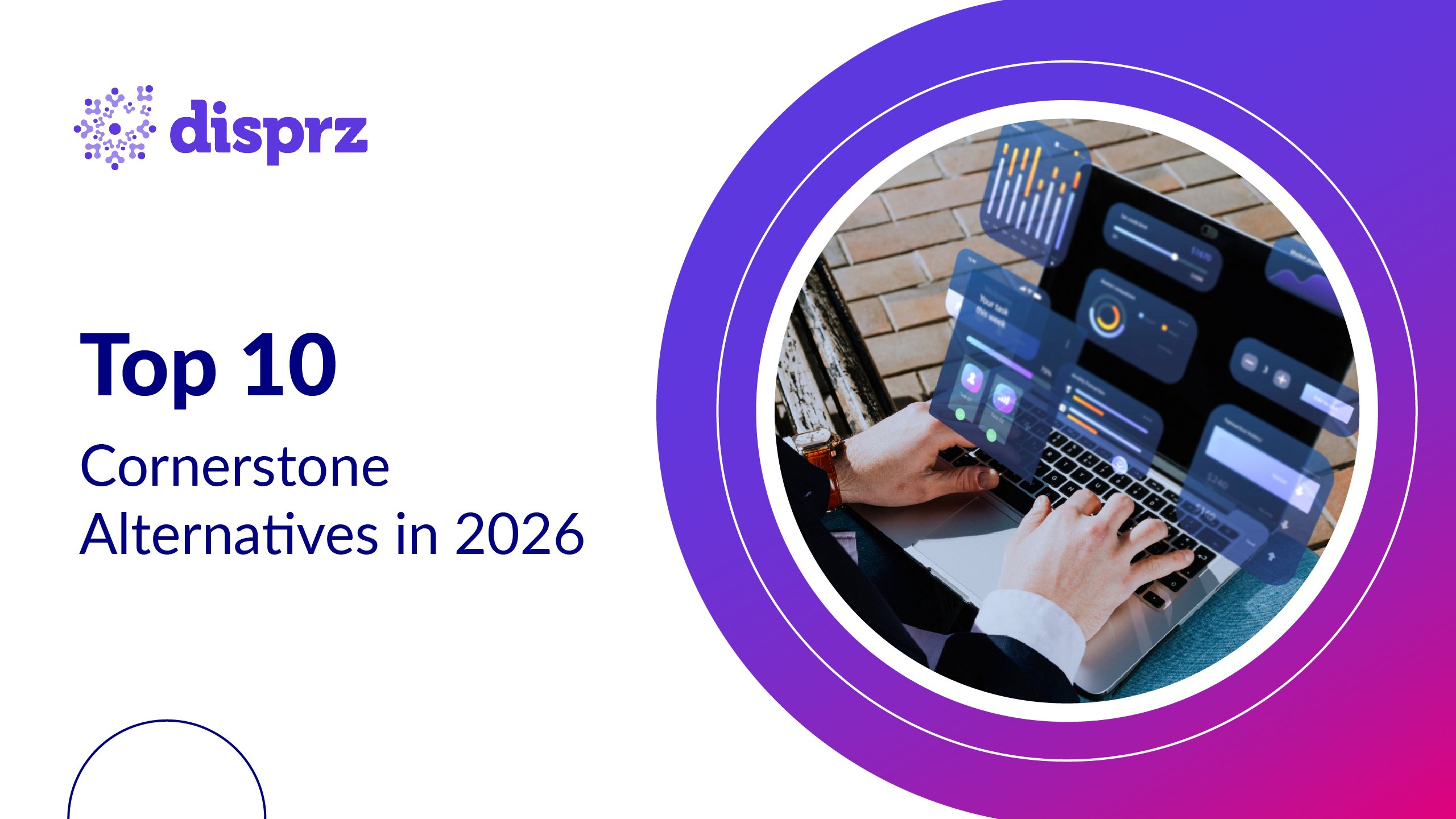Turning your organization into a learning powerhouse sounds bold. It should. But for many HR and L&D leaders, it feels more like standing at the base of a mountain with no map and no time to climb.
You know upskilling is urgent. The business is evolving. Roles are shifting. Teams need to move faster and think smarter. But where do you begin? And how do you do it at scale, without burning out your teams or losing momentum?
It’s tempting to look for a grand solution, let’s say a platform overhaul, a new capability model, or a full reskilling campaign. But the most successful transformations don’t start with big leaps. They start with one decisive step. That’s what GenAI offers.
Not a revolution you have to stage overnight, but a starting point. A way to shift your learning systems from reactive to predictive, from content-heavy to role-specific, from static to living.
Just like a first-time runner doesn’t need to conquer a marathon on day one, they just need to lace up and take the first few steps. Similarly, L&D teams don’t need a perfect AI strategy to get started. They just need to put GenAI to work where it matters most: in the flow of work, inside critical roles, solving real business problems.
That’s how momentum builds. That’s how upskilling becomes a strategy. And that’s what this blog is here to unravel. What GenAI is really doing inside modern learning systems, and how to make it work for you in 2025.
Why GenAI Matters for Workforce Upskilling
A recent McKinsey study found that 87% of executives say their organizations are facing skill gaps now or expect them within the next five years. Yet only 43% feel prepared to close those gaps. That disconnect is where GenAI is making the biggest impact.
Traditionally, identifying skill gaps required slow assessments, managers' guesswork, or lagging performance reviews. Learning paths were often based on outdated job descriptions or generic industry trends.
GenAI flips this model. It actively:
-
Maps roles to required skills based on live business needs
-
Analyzes employee data (performance, behavior, communication) to detect real-time skill gaps
-
Recommends personalized, contextual learning journeys to close those gaps
It doesn’t stop at recommendations. It continuously adapts learning experiences based on how employees perform, what they retain, and how they apply new skills on the job.
In essence, GenAI makes skilling proactive, personalized, and measurable; three things that legacy systems could never truly achieve at scale.
Practical Applications of GenAI in Upskilling
In 2025, GenAI is being used not just to automate tasks but to co-create learning systems that are intelligent, contextual, and learner-centric.
Here are some ways to use generative AI for employee upskilling.
1) Generating Skill-Based Assessments in Seconds
With GenAI, learning teams can auto-generate role-specific assessments based on job data, previous performance outcomes, and required competencies. This eliminates manual test creation and ensures every learner is measured on what's relevant.
2) Auto-Summarizing Longform Content
GenAI can scan internal knowledge bases, long training videos, or PDFs and provide crisp summaries. This helps employees navigate large volumes of content quickly, aiding faster discovery and recall.
3) Identifying Role-Relevant Skills
Rather than relying on outdated job descriptions, GenAI continuously mines performance data, market insights, and peer benchmarks to suggest up-to-date skills relevant to each job role. This enables targeted upskilling.
4) Accelerating Learning Pathway Design
Instructional designers can collaborate with GenAI to draft entire learning journeys, from course structures to content sequencing, dramatically reducing turnaround time.
5) Making Search Smarter
When employees look for help or content, GenAI interprets context, intent, and behavior to return tailored suggestions instead of generic results. It becomes a smart discovery layer that learns with use.
6) Supporting Multiple Learning Modes
From videos to quizzes to conversational agents, GenAI enables content to be served in formats that suit different roles and learning preferences, supporting deeper engagement across the workforce.
These applications move the conversation beyond automation and into augmentation, giving L&D teams the tools to scale meaningful learning without scaling headcount.
Before jumping into full deployment, many organizations are using a phased approach to get GenAI working in their ecosystem. That’s where a structured, action-oriented playbook can help.
Your GenAI Launch Plan: From Ideas to Implementation
Turning inspiration into action starts with structure. This 3-phase launch plan helps HR and L&D teams move from exploration to execution, without needing a massive overhaul. Use it to test fast, learn what works, and scale what sticks.
Phase 1: Audit & Align
-
Identify the top 5 business-critical roles where skill gaps impact performance
-
Conduct a baseline assessment of current learning systems and content workflows
-
Define clear success metrics (e.g., time-to-skill, course adoption, internal mobility rates)
Phase 2: Pilot & Personalize
-
Choose one or two use cases (onboarding, frontline readiness, compliance skilling)
-
Use GenAI to generate assessments, summarize key training, and create dynamic learning paths
-
Monitor learner engagement and feedback in real time
Phase 3: Scale & Measure
-
Roll out GenAI-powered learning journeys across adjacent teams or roles
-
Enable real-time dashboards for skills progress tracking
-
Regularly iterate based on manager insights, performance trends, and learner inputs
Treat this playbook as a loop, not a line. If the previous section helped you see what's possible with GenAI, this one is about helping you take action. It's where the features meet real, everyday execution. Start small, learn fast, and grow to impact one team at a time. The more feedback your system captures, the more accurate and agile your learning ecosystem becomes. The most impactful use of GenAI will come from testing, learning, and scaling what works in your context.
Benefits of Using Generative AI for Employee Upskilling
When implemented strategically, GenAI delivers transformative value:
Speed-to-skill: Reduce learning cycles by 30-50% through real-time personalization
Increased adoption: Adaptive, bite-sized content drives 2x engagement compared to traditional LMS tracks
Role-readiness: Precision skilling improves job performance key performance indicators by up to 25% in key roles
Equity in learning: Every employee, not just high-potential ones, gets a tailored path, democratizing growth
Organizations also gain better visibility. L&D and HR teams can track not just completions, but real skill progress, mapped to outcomes. This helps defend L&D budgets with hard numbers.
Future Trends: What’s Ahead for GenAI in Upskilling
The next evolution of GenAI isn’t just smarter recommendations. It’s a system that learns from learners.
1) Agentic AI for Self-Directed Growth
AI agents will act as learning copilots. They’ll initiate check-ins, adjust plans, and even book peer learning sessions based on observed patterns. Employees won’t just consume content. They’ll co-create their skilling journey.
2) Skill Graphs at the Org Level
Companies will begin building enterprise skill graphs - dynamic maps that connect talent needs, employee capability, and market trends. These graphs will inform everything from recruitment to succession planning.
3) Skills as the New KPI
Performance reviews will evolve. Instead of generic ratings, managers will reference live skill dashboards. Promotions and rewards will be linked to demonstrated growth, not tenure or subjective feedback.
4) Embedded Learning in Workflows
GenAI will be invisible, but ever-present. Expect micro-learning prompts in CRMs, voice-based coaching via field devices, and real-time feedback loops tied to business systems.
How Disprz Powers AI-Led Upskilling
Disprz brings GenAI to the frontlines of enterprise upskilling. It’s not an add-on. It’s core to the platform.
Here’s how:
-
One-click assessment generation: Generate smart assessments in 95% less time
-
AI-powered skill discovery: Quickly identify what skills are needed, and where each person stands
-
Rapid content and pathway authoring: Accelerate the creation of contextual, role-specific content and career tracks
-
Deep Search: Make discovery intuitive with powerful, context-aware search that surfaces the most relevant learning
-
Multi-modal engagement: Use video, articles, micro-courses, chat, and more to match how each person learns best
-
Smart content summarization: Help employees consume and retain more by breaking down complex content into simple, skimmable nuggets
Conclusion
There’s no single blueprint for how GenAI will reshape learning, but the direction is clear. Skills are no longer static, and roles aren’t fixed. Organizations that wait for the perfect strategy will fall behind. The ones that win are already experimenting.
Think of GenAI less as a tool and more as an accelerant. It removes the friction in content creation, skill mapping, and delivery. It doesn’t replace L&D leaders; it empowers them.
If 2023 was the year of exploring GenAI, 2025 is the year of embedding it. Not everywhere, not all at once, but in the moments that matter: onboarding, frontline enablement, performance coaching, and internal mobility.
It’s time to stop thinking of learning as a system and start treating it like a product - shipped, iterated, and made sharper with every learner interaction. In a talent economy, speed and skill are currency. GenAI makes both accessible.
FAQs
1) How do we choose where to start with GenAI in our skilling strategy?
Start with roles where performance directly impacts business outcomes, like sales, customer support, or operations. Then identify specific use cases (e.g., faster onboarding, compliance skilling, role readiness) where GenAI can save time or personalize learning. Pilot there, measure results, and expand gradually.
2) How do we get buy-in from business leaders to invest in GenAI for L&D?
Connect learning outcomes to business KPIs. Show how GenAI shortens ramp-up time, boosts frontline productivity, or supports internal mobility. Use small pilot wins like faster assessment creation or improved course engagement to build momentum and make the value real for non-L&D stakeholders.
3) How do we measure ROI on GenAI-powered upskilling?
Move beyond completion rates. Track time-to-skill, learner engagement (especially on mobile or frontline), performance metrics tied to upskilled roles, and internal mobility. The biggest return on investment often comes from faster productivity and reduced ramp-up time, not just course consumption.









